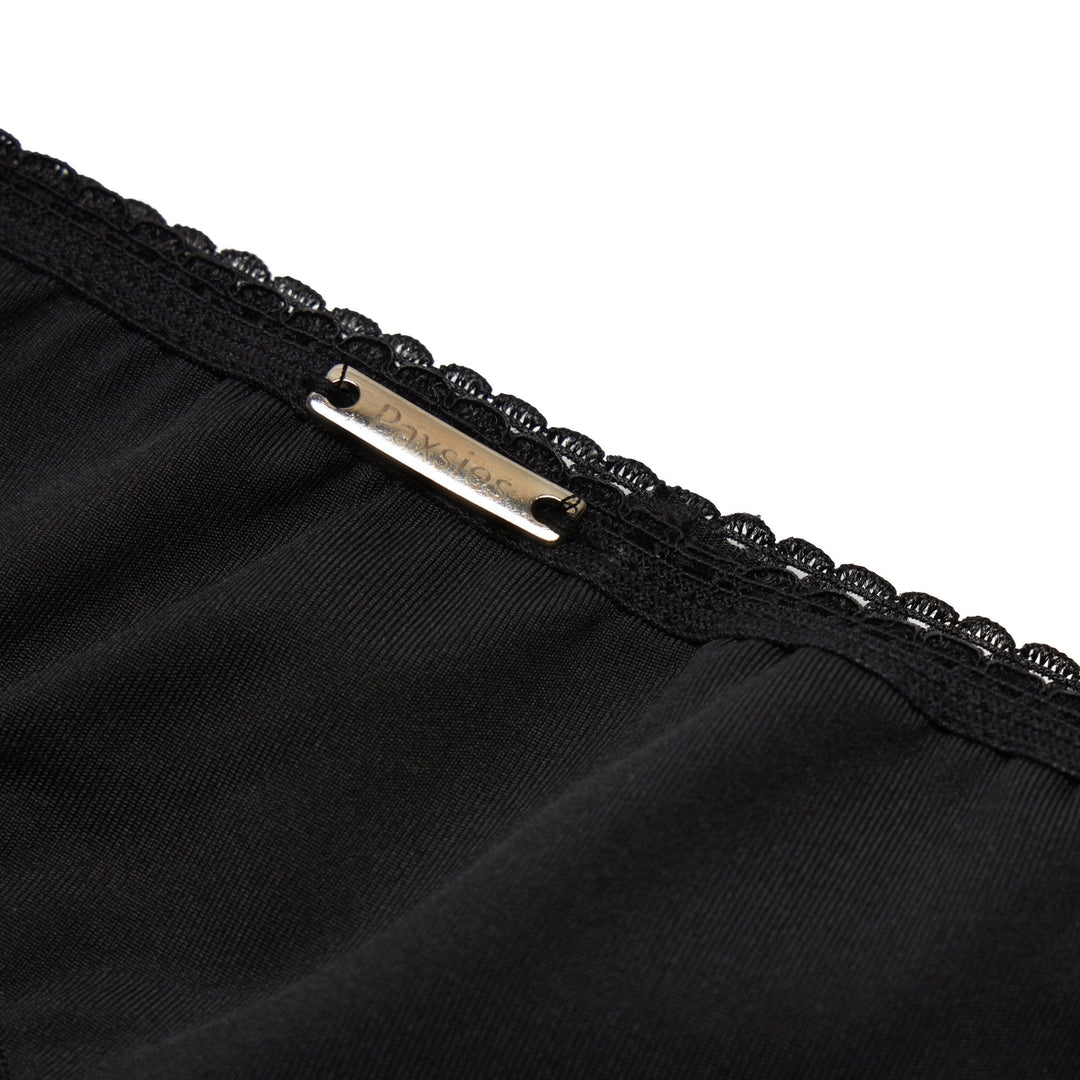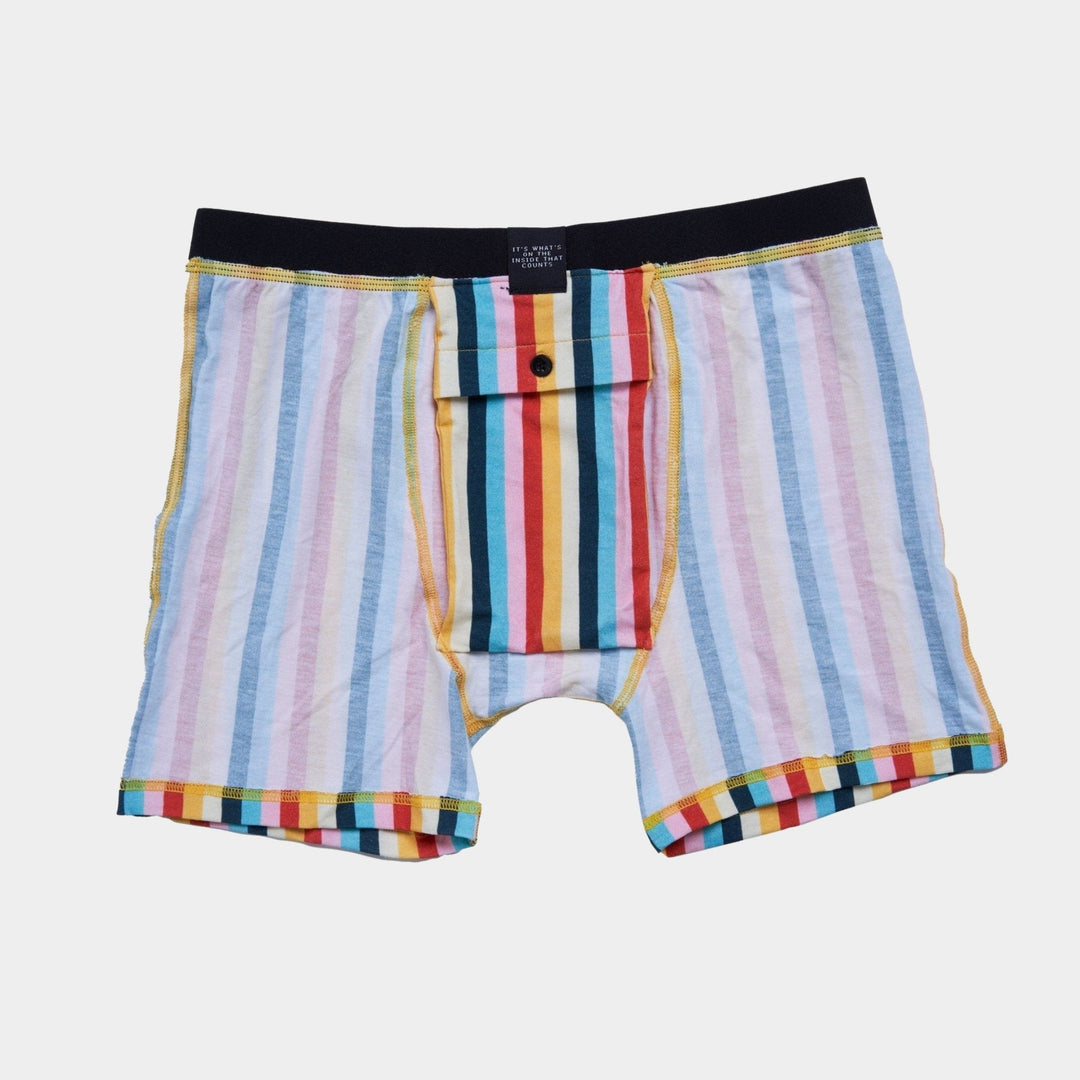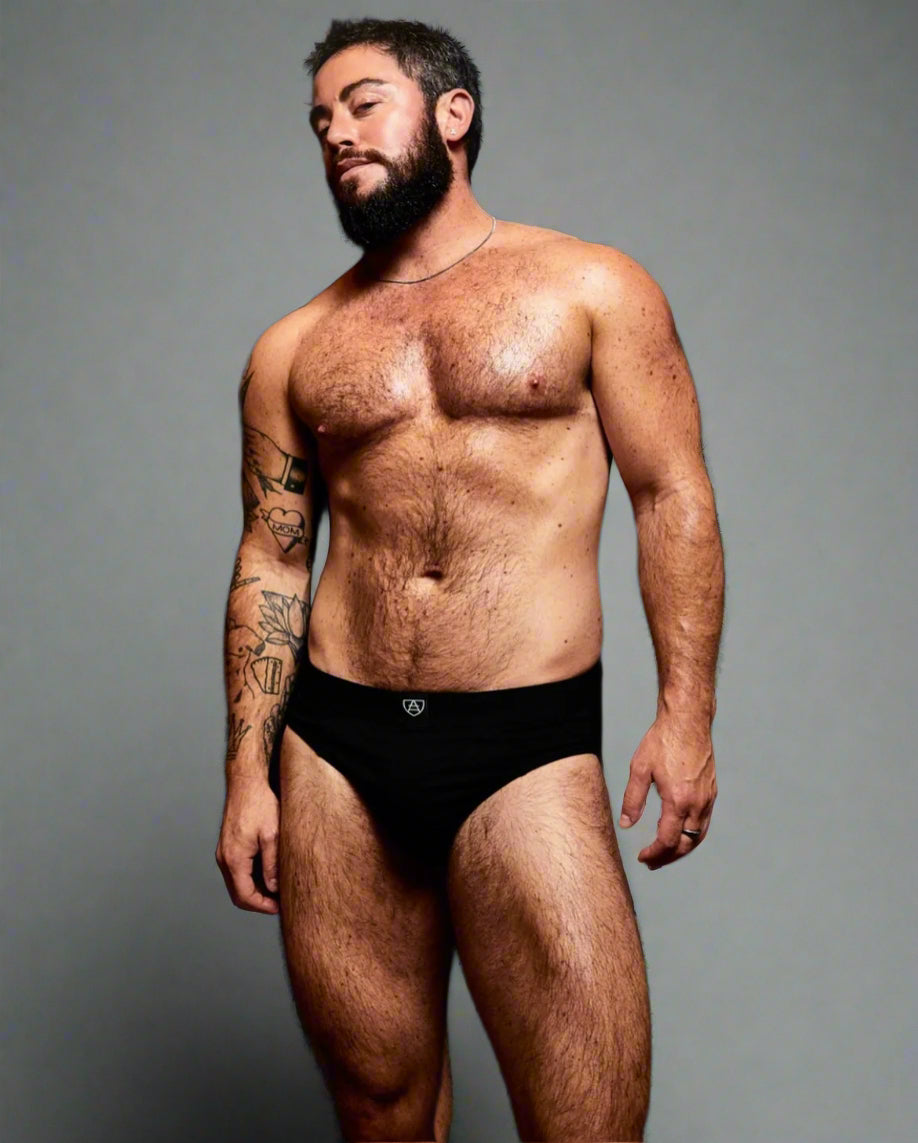The Queerest Ever Paralympics Are Here!
In case you missed it, the Tokyo 2020 Paralympics (now in 2021!) started last week, and it’s already been an incredible event, with records being set in everything from swimming, to archery, to the number of openly queer athletes. At least 33 openly LGBTQ+ athletes are competing this year, more than double the 12 who competed in the 2016 Summer Paralympics! In this post, we’ll be giving you a whizz-stop tour of the queerest Paralympics yet!
A Quick Explanation of The Paralympics
The Paralympics is a worldwide competition of many sports for disabled athletes. It is held after the Olympic games in the same place.
The disabled athletes are given a classification depending on the condition they have and the level of impairment their condition gives them. Events are for a specific classification at a time, so even though all the athletes may have different conditions, they are of equivalent ability.
You can read more about the Paralympics classifications here.
The First 3 Non-Binary Paralympians
First up, we’ve got not only a record number of openly queer athletes, we’ve also got a first in the history of the Paralympics with not one, not two, but three openly non-binary athletes competing this year!
Robyn Lambird (she/they) is a wheelchair racer for Australia. They have cerebral palsy, and are classified as T34 in the Paralympics. She won bronze in the Women’s 100m T34 at this year’s Summer Paralympics.
Maria “Maz” Strong (they/them) is a seated shot-putter, who has cerebral palsy, autism, and epilepsy. They are classified as T33 which, according to Wikipedia, is for athletes with “moderate quadriplegia, and difficulty with forward trunk movement. They also may have hypertonia, ataxia and athetosis.”
Laura Goodkind (they/them) uses the term gender neutral, rather than non-binary, as they feel it affirms gender, rather than affirms what they are not. They are an American rower in the PR2 class, which is for rowers with arm and trunk function, but may have spinal injuries.

Which Team Is The Queerest?
Team GB and Team USA are currently drawn for the most openly LGBTQ+ athletes at this year’s Paralympics, with 9 each, but this number may change if anyone comes out during the remainder of the events.
This probably isn’t surprising—both countries receive a lot of funding so are able to send large teams to the Paralympics, as well as being relatively more tolerant of the LGBTQ+ community.
Which Sport Is The Queerest?
Wheelchair basketball is currently sporting the most openly LGBTQ+ athletes, with a grand total of 11, roughly one third of all the openly LGBTQ+ athletes at the games this year. (Though the large teams required for basketball certainly give it an advantage here.)
Following wheelchair basketball is rowing, with 5 (look out for Laura Goodkind here!) and then cycling with 4.
Where Are All The Men?
Sir Lee Pearson (he/him) on Team GB is a para-equestrian athlete with a total of 14 medals from the Paralympics. He is the only openly queer man at the Paralympics this year so far.
Why Does It Matter?
Queer representation at the Paralympics matters in the same way that queer representation matters everywhere. Maybe it even matters a little more, because how often do you see the media covering disabled people doing amazing things, let alone openly queer disabled people?
There are plenty of disabled queer people, and we deserve to be recognised as a crucial part of the queer community. Maybe seeing us on tv and in the news, performing incredible feats of strength, speed, dexterity, and determination, will remind people that actually, yes, we do exist, and yes, you need to include us in everything.
You can read more about the importance of disabled inclusion in events in our blog post here, and listen to us discuss the intersection of gender, disability, and Pride in our new podcast Never Would’ve Guest. You can listen to Episode 1 and read the transcript here.









